Ask Chef Phyllis:
I often have trouble with pie crust. At holiday time, when I need pie crusts the most, I wind up buying them from the supermarket. After reading the ingredients, I’m disappointed. Can you help me make a healthier pie crust?
—Patricia Schaeffer, Central Islip, New York
To make a healthy pie crust, we’re going to use organic whole wheat flour (freshly ground if possible) and some lard. Back in the day, lard was the most prized fat for pie crust. The main fat in lard—oleic acid—is a monounsaturated fat linked to decreased risk of depression, notes Drew Ramsey, MD, coauthor of The Happiness Diet. Those same monounsaturated fats, which make up 45 percent of the fat in lard, are responsible for lowering LDL levels while leaving HDL (“good”) cholesterol levels alone. Lard and schmaltz tolerate high cooking temperatures—they’re often recommended for frying—and also have long shelf lives.
In her book Nourishing Traditions, Sally Fallon has an excellent yogurt pie crust. However, it requires a fermentation period of 12 to 24 hours and is heavier than the recipe below. White whole wheat flour makes a lighter pie dough, which most bakers prefer.
Ingredients
This makes a single generous 9-inch pie crust. For 2 pie crusts, simply double the following recipe.
½ cup (1 stick) cold butter, cut into cubes
1 cup organic whole wheat flour
1 cup organic white whole wheat flour (sold by King Arthur and available at health food stores)
½ teaspoon sea salt
½ to 1 teaspoon rapadura sugar (optional, but good for a fruit pie)
½ cup ice water in a measuring cup
Unbleached white flour to roll out the dough
Instructions
For the best pie crust, use a food processor fitted with a steel blade. Put the two flours in your food processor and whisk with the steel blade for one minute. (This step is equivalent to sifting.)
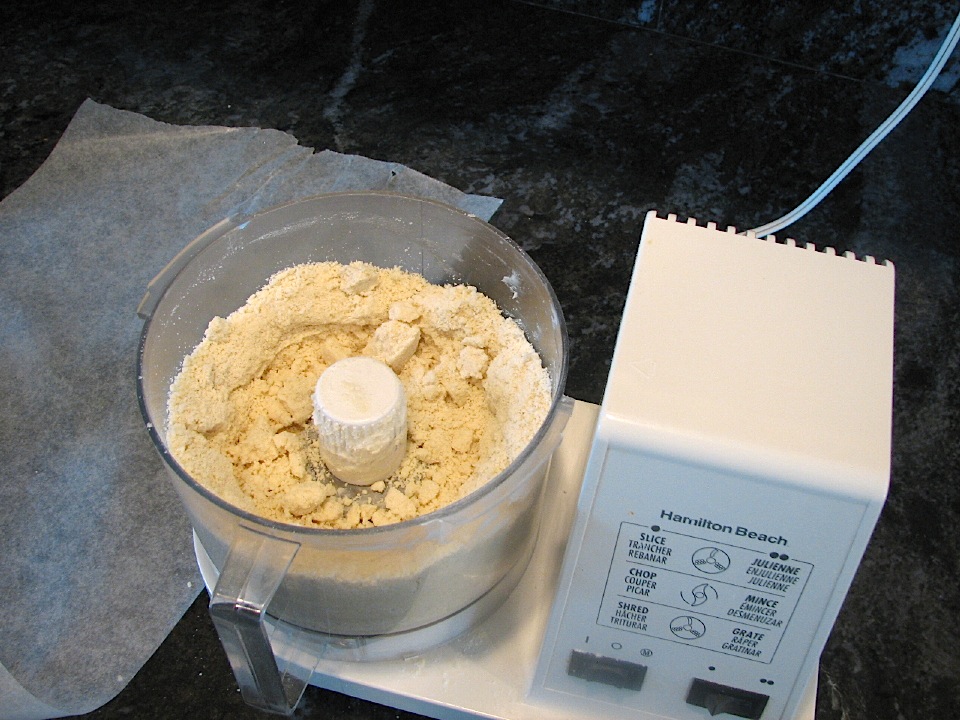
Add the butter, salt, and sugar. Run the processor until the dough forms a ball. If it doesn’t form a ball or sticks to the side of the dough bowl, add one tablespoon of ice water through the tube while the processor is running. Add an additional tablespoon of water until the dough forms into a ball.
Remove the dough carefully from the blade, then flatten to about one-inch thickness. Store between two sheets of wax or parchment paper in the refrigerator for about a half hour. This relaxes the dough and hardens the butter again, which helps with easier rolling.
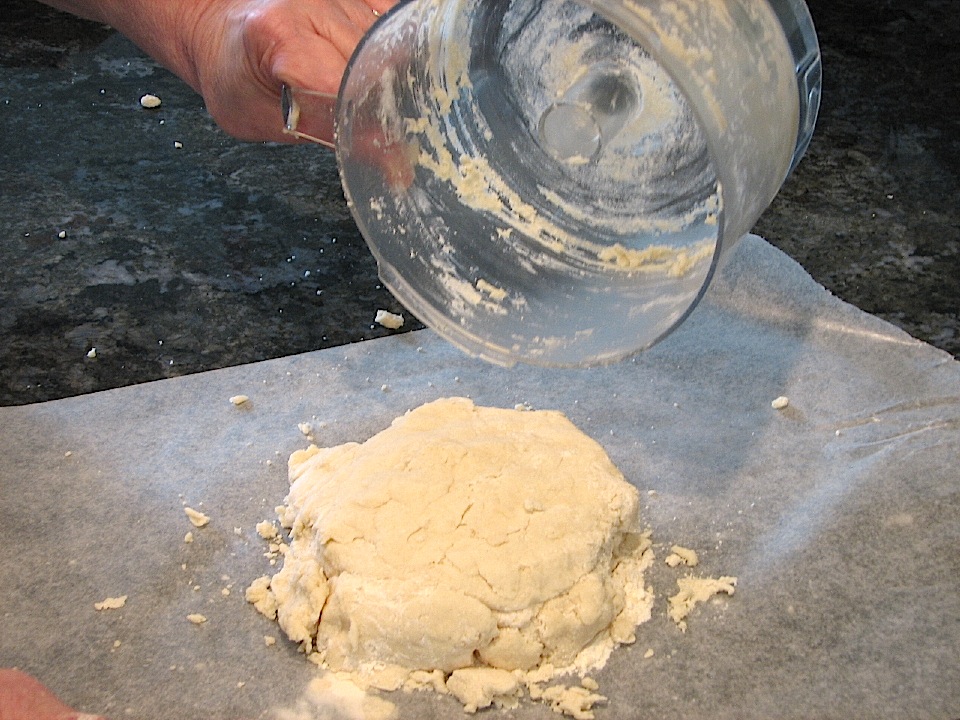
When you’re ready to roll out your pie crust, unwrap the dough. If you doubled the recipe, cut the dough in half and store the remaining portion back in the fridge. Lifting the dough in your hand, dust the bottom sheet of wax paper with unbleached flour. Place the dough in the flour and move around to coat the bottom. Replace the top sheet of wax paper, and starting in the middle roll out the dough to the desired thickness, about a ¼-inch.
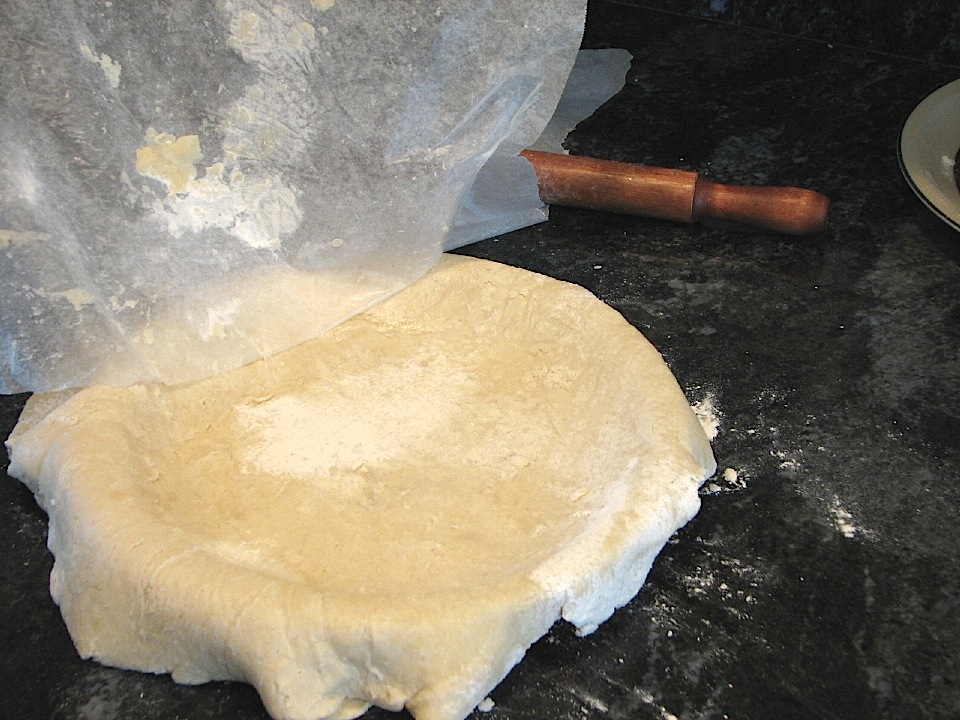
Remove the top sheet of wax paper. For a single-crust pie: Use the bottom sheet as a spatula to lift the dough, and then ease it into a greased pie plate. Crimp the edges. If you’re baking a custard or cream pie that needs to be placed into a blind-baked (pre-baked) crust, follow the recipe instructions. For a double-crust pie: Repeat the last step with the second piece of dough. Add your filling, and crimp the top and bottom crusts together. To prevent the top crust from puffing up, always cut three to four steam vents in it.
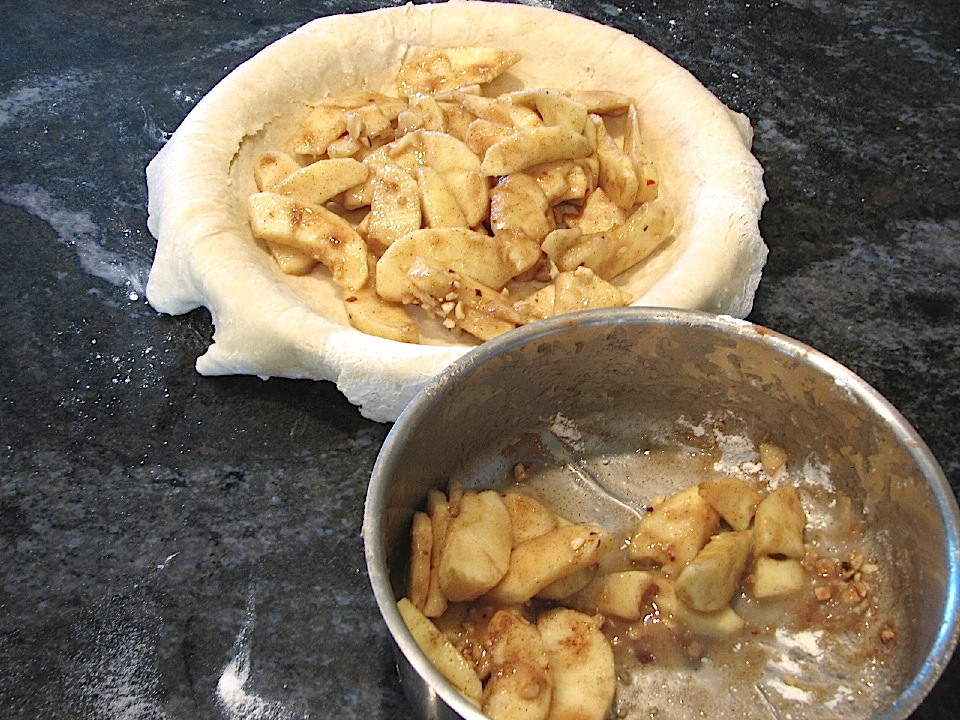
Bake at 350 degrees for a single pie crust shell for about 25 minutes. Filled pies with two crusts require about 45 to 55 minutes or until the crust is dark golden brown and the juices are bubbling. This varies with the fruit used; apples take longer than raspberries.
Once you’ve made this a time or two, it’ll be easy and fast—and reliable!
Rustic Apple Tart
This very special “rustic” tart is an ideal opportunity to make your new healthier pie crust. Remember not to crimp the edges. You’re going to fold the dough over the filling for that rustic look. This is a true favorite—no second crust and so easy.
To make a Rustic Apple Tart:
1. Preheat oven to 375 degrees.
2. Roll out 1 pie dough to 11 inches and place gently in a buttered 9- or 10-inch glass pie plate, leaving the dough hanging over the edge. Set aside.
3. In a large bowl, combine the following and mix well:
3 large or 3 to 4 medium apples, peeled, cored, and cut into ¼-inch-thick slices (I recommend a combination of 1 Granny Smith and 2 or 3 McIntosh)
½ cup rapadura sugar
1 tablespoon melted butter
½ cup nuts, finely chopped until they’re almost ground
1 tablespoon lemon juice
1 teaspoon lemon zest
1¼ teaspoon cinnamon
¼ teaspoon nutmeg
4. Pour this mixture immediately into the pie dough. Fold the edges over about 1 inch toward the center. Remember, the center remains open.
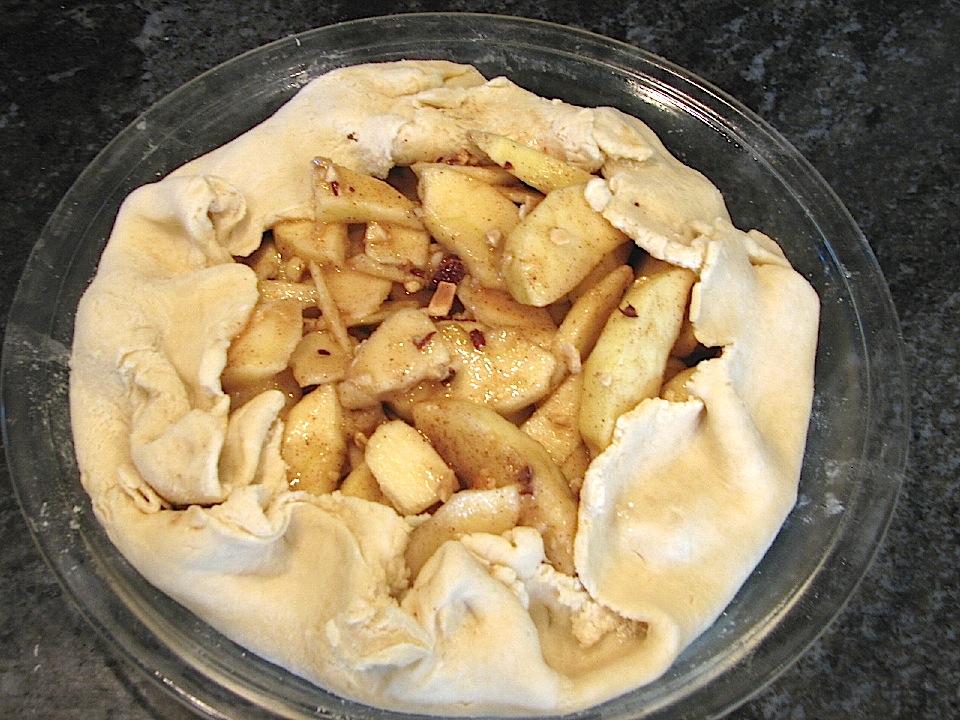
5. Bake at 375 degrees for 35 to 40 minutes, until the crust is golden brown and the center looks juicy.
Nothing smells as good as the cinnamon and apples in this rustic tart. Serve hot or cold.
Happy baking!
AUTHOR’S NOTE
To choose your organically grown and fresh ingredients wisely, use the following criteria:
·chemical- and hormone-free meat
·wild-caught fish
·pastured-raised, organic eggs
·whole, unrefined grains
·virgin, unrefined, first-press organic oils
·whole-food, unrefined sweeteners
·pure, clean, spring water
·sea salt
·raw and/or cultured milk and cream products
Related Topics
healthy recipes | whole food nutrition | whole food recipes
 Get self-health education, nutrition resources, and a FREE copy of A Terrible Ten: Health Foods That Ain't ebook.
Get self-health education, nutrition resources, and a FREE copy of A Terrible Ten: Health Foods That Ain't ebook.
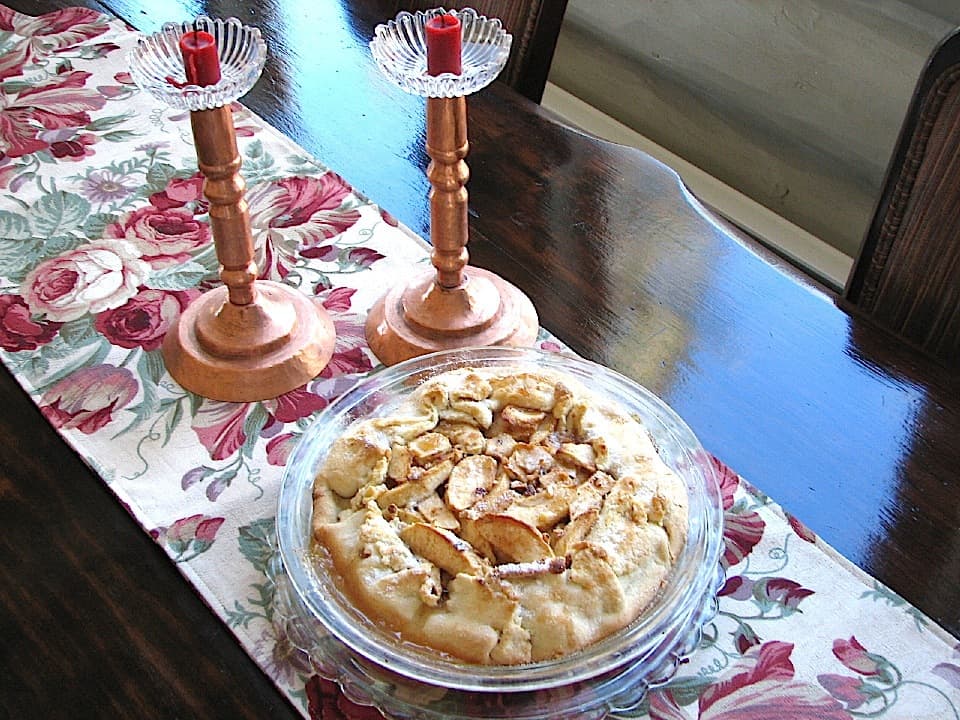
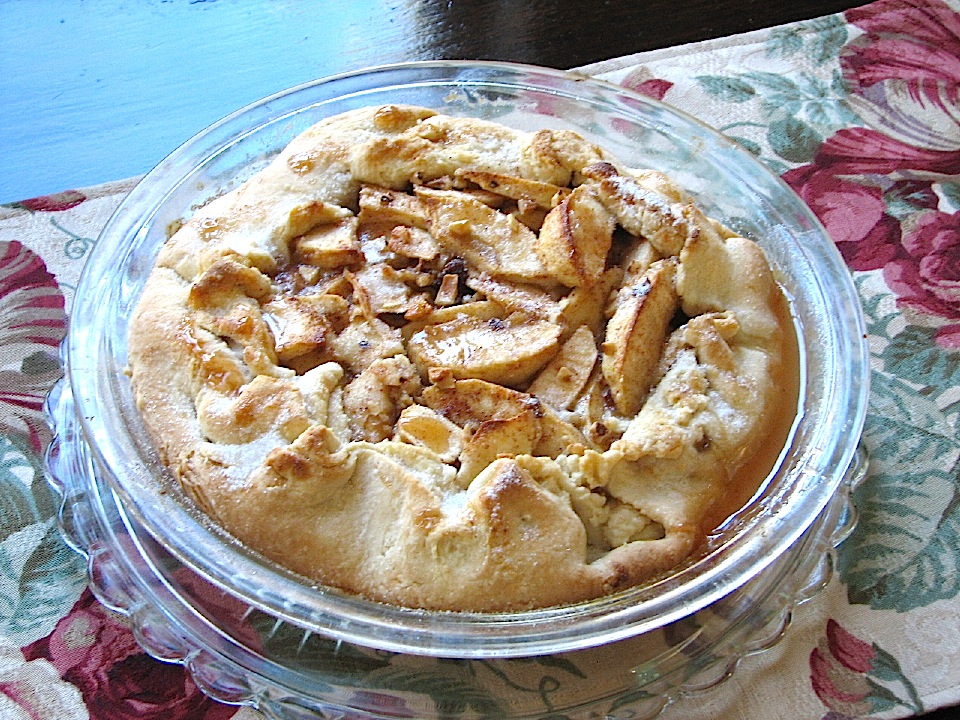

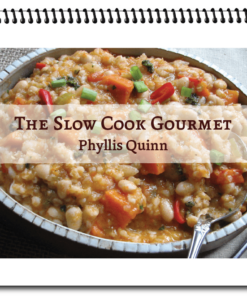
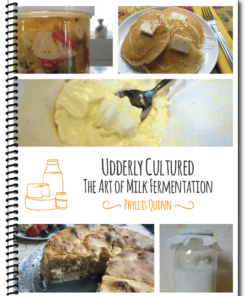
Pingback: What’s So Great About Apples? | Selene River Press